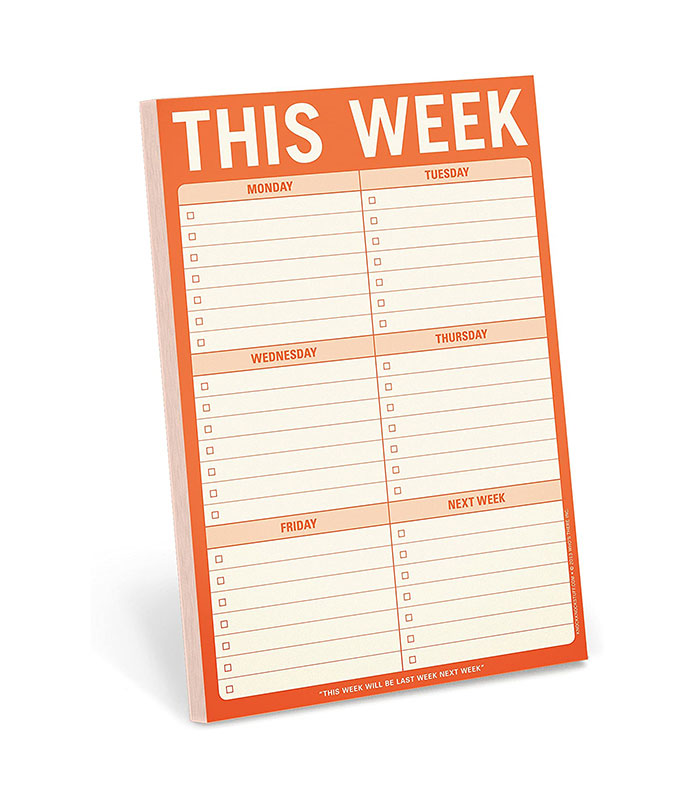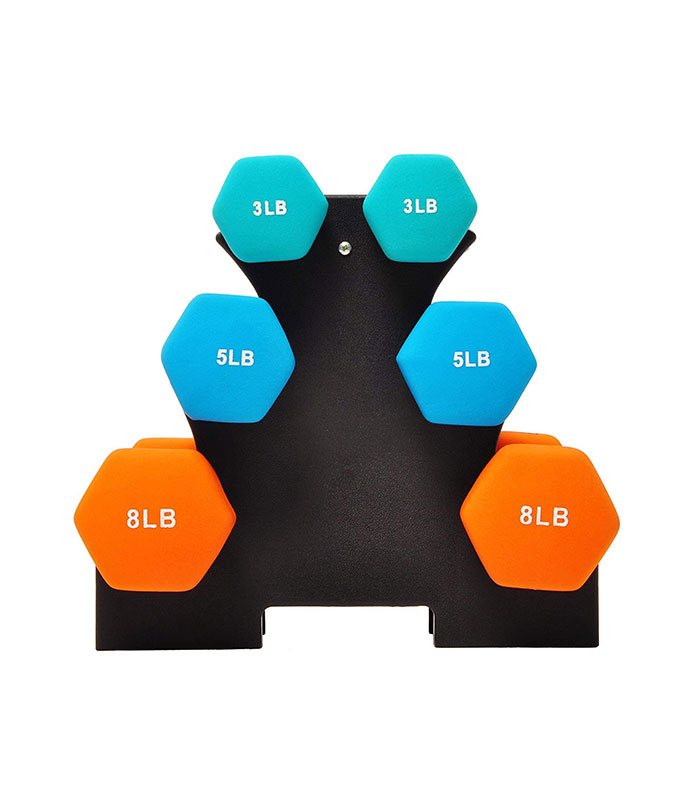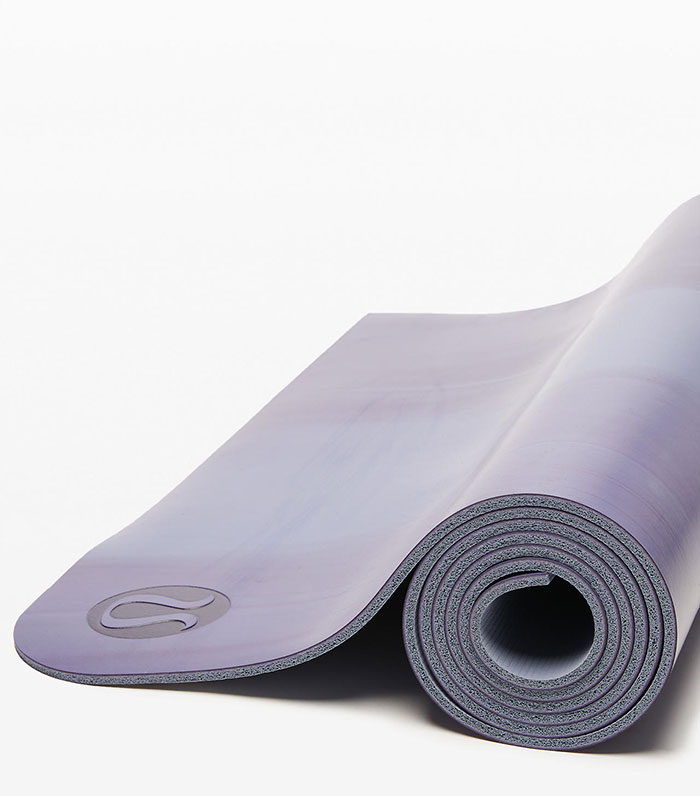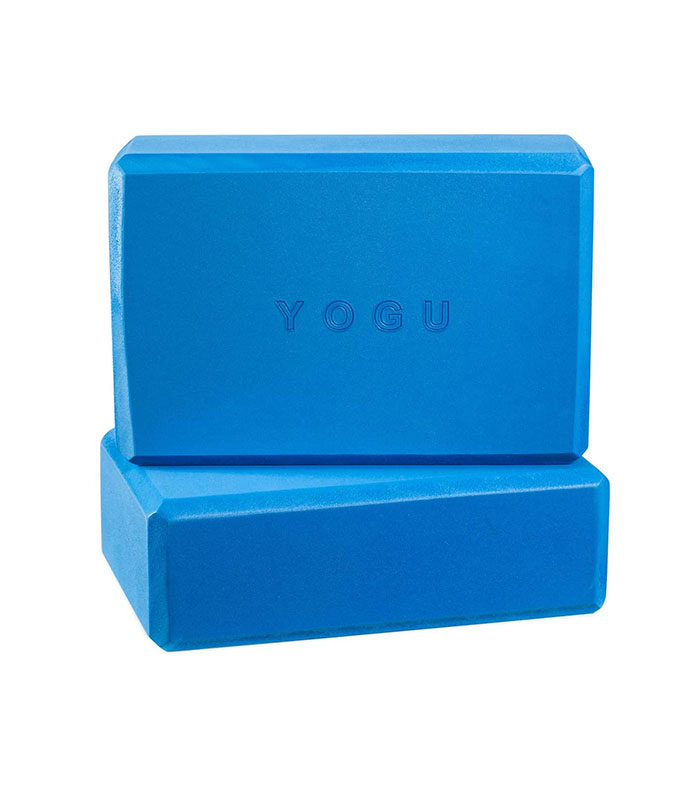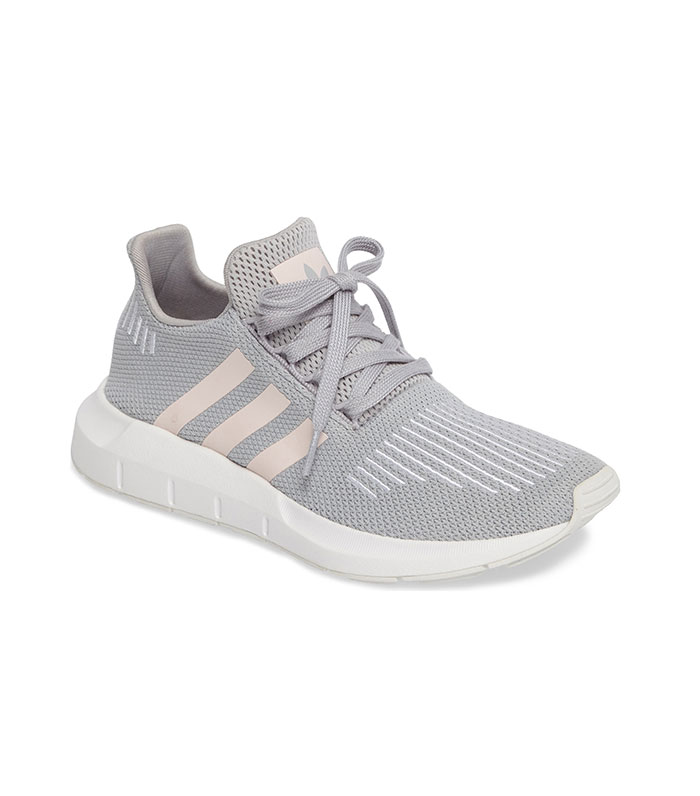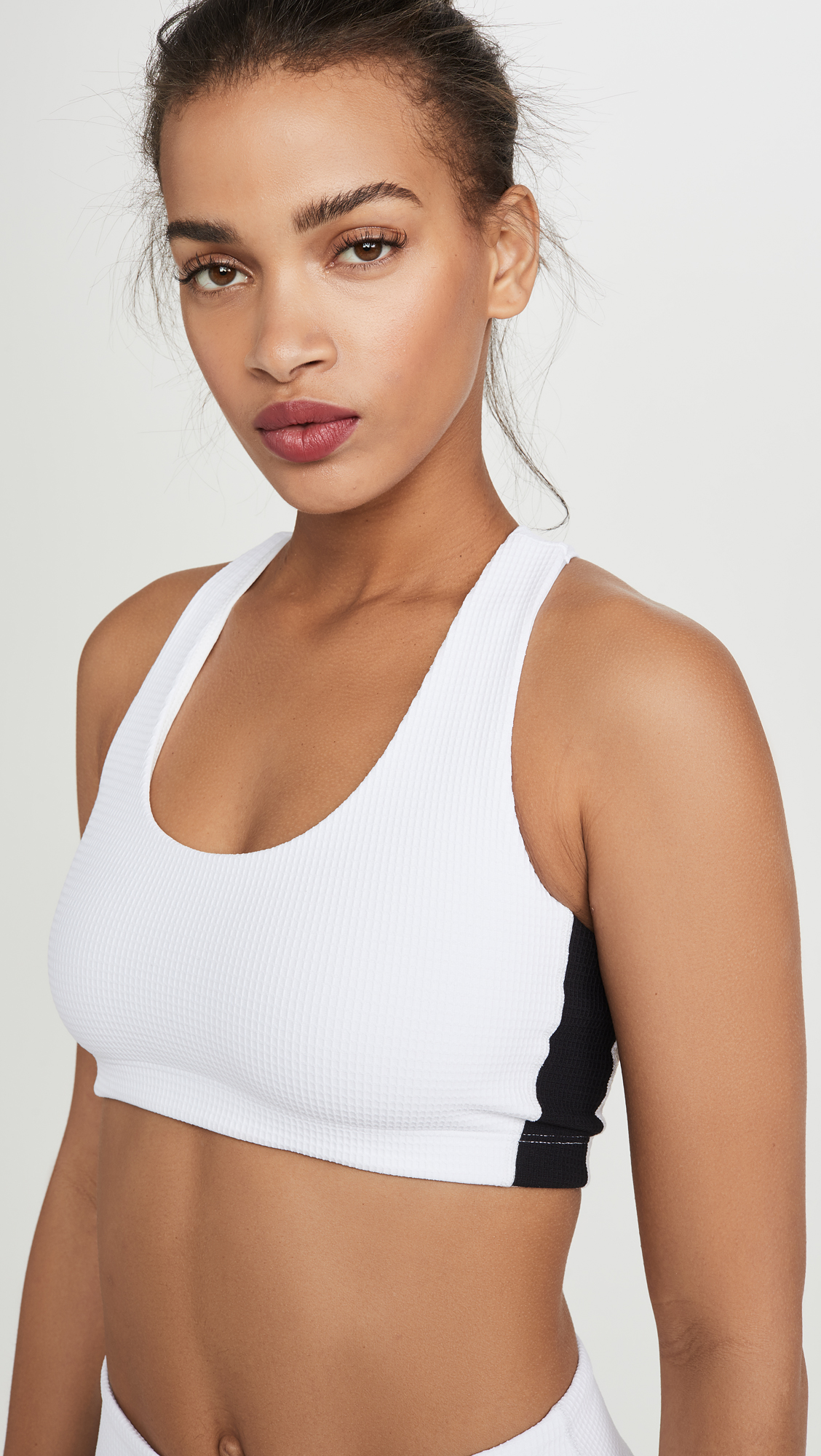The Dos and Don'ts of Working Out at Home, According to Celebrity Trainers
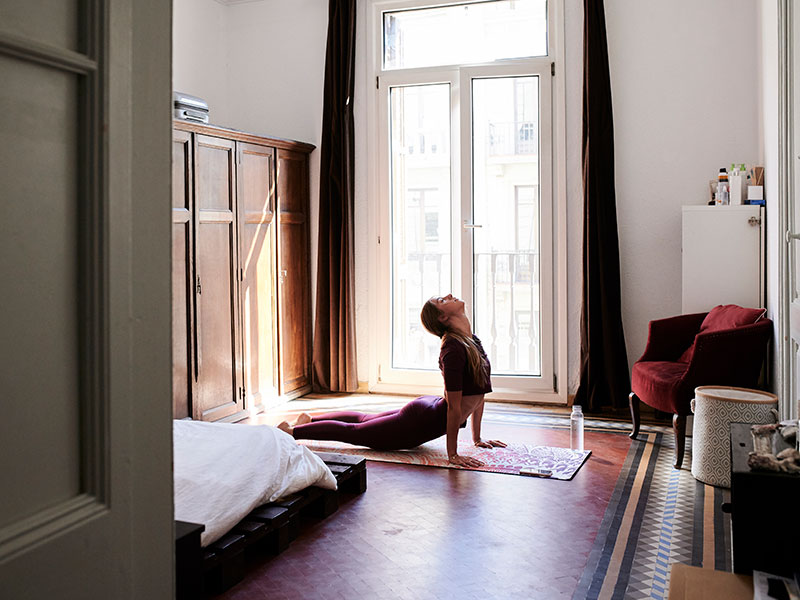
I used to think that working out at home was for a very specific group of people. You know, the kind that are always motivated to get moving and aren't easily distracted by the lure of a comfy couch, Netflix, and the idea that you'll just get to it another day. Or, you know the type of people (aka celebs) whose home gyms rival a sleek boutique fitness studio or the fanciest gym.
As someone who finds her motivation from being around other people at the gym or fitness class—and pretending I'm competing with all of them even when it's a restorative yoga class—I just never considered myself an at-home workout type of person. But, because I've been spending more time at home recently and my only choice for staying active is streaming a workout on my laptop, I've learned that maybe I AM into exercising at home? There are so many pros: You don't have to worry about making a fool out of yourself. You can go at your own pace—the rewind button has become my friend with on-demand workouts when I'm trying to nail down the right form. And there's not much travel in between my bed or sofa and the mat.
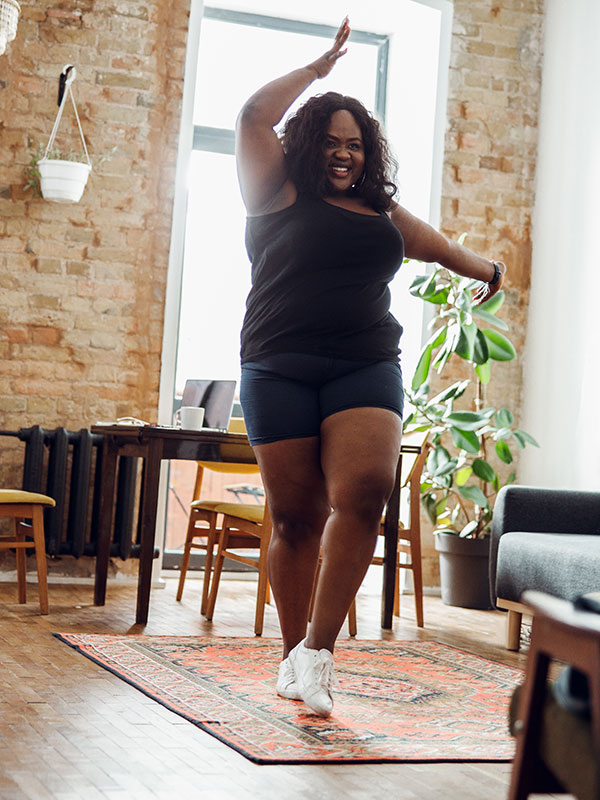
Of course, there are cons, too. I have to REALLY remember to work out as I haven't nailed down a particular schedule just yet. Because of that, some days, I'm just like, "Nah"—whereas if I signed up for a class at a studio, I'd feel pressured to go since I didn't want to lose my money. And, like the extrovert I am, I miss working out around others—giving them high fives after finishing a grueling SoulCycle class; glancing at what someone is watching on the elliptical or treadmill TV; and yes, the in-my-head competition of trying to get my leg up higher than everyone else's in barre class.
Because a lot of us out there might be working out at home more, I reached out to fitness trainers and experts for their at-home tips. I found all of them very helpful, and maybe you will too. See below:
Do: Schedule Your Workouts
Like most things in life, it helps to plan ahead. "Have a schedule and put your workouts in your calendar," says The Sculpt Society founder Megan Roup, who's trained models Shanina Shaik and Elsa Hosk. "This will make you even more motivated to complete the workout, keeping you consistent."
Scheduling your sweat sessions for the mornings might help you get it done, too, adds Simone De La Rue, founder of Body by Simone, whose clients include Rosie Huntington-Whiteley and Chrissy Teigen. "Motivation can be harder when you're at home; it's a lot easier to find another thing you need to do, or start your sixth episode of Tiger King," she says. "I always tell my clients to work out in the morning when you're feeling fresh and motivated."
And like you were going to set out your clothes or prep your lunch for the next day, you can hold yourself accountable by setting everything up the night before. This can help especially if you're the type of person who rolls out of bed at the very last minute. "Seeing the equipment ready to go will remind you throughout the day to work out," says P.volve master trainer Maeve McEwen. "Plus, it is super rewarding when you put the equipment away after you finish your workout."
Don't: Set a Crazy Goal

Be realistic and don't set yourself up for failure. "Start with setting a realistic goal of doing three classes a week," says Mark Mullett, co-founder of streaming fitness platform, obé. "You will feel so accomplished when you reach that goal. When people join obé, we encourage them to reach their 'Strive For Five' goal. This is five 28-minute classes in the first week of joining obé. Once you hit a goal, you feel inspired to keep going!"
Do: Set an Intention
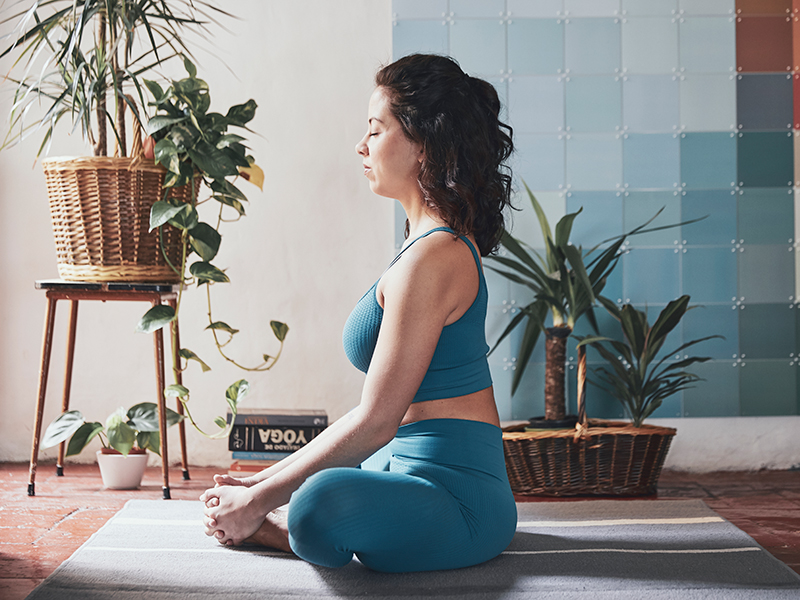
"I start all of my workouts by setting an intention," says De La Rue. "It helps me ground in to the present and motivate myself throughout my workout."
Don't: Feel Intimidated
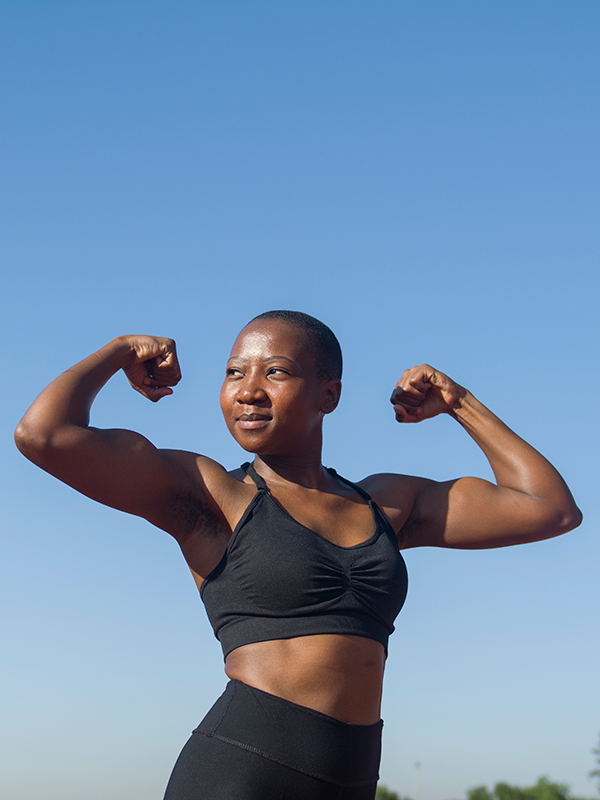
When you're working out solo at home, the only person judging you is yourself—and we hope you're cutting yourself some slack. "One of the many great things about working out from home is that there's zero intimidation factor," says obé co-founder Ashley Mills. "We have so many members who tell us that they'd never sign up for a dance cardio class for fear of looking uncoordinated but because no one is watching, they've fallen in love!"
Do: Designate a Workout Area
Some people might not have enough space to set up a corner of a room for exercise, but if you do, it's something to consider. "If you are able to keep the workout space setup, keep the equipment organized so you are excited to enter the space every day and that way it feels like a little escape," McEwen says. "If you have to reset your room each time, I recommend organizing the equipment you want to use the day before and setting it aside so that when it comes time to workout it is ready to go!"
And, if you're short on space, you can still create a routine by working out in one area of your space every session. "Even if you have to clean it up every time, by returning to that same spot it will help hold consistency and further your fitness goals during self isolation," says Alex Trakas, co-founder, owner, and CEO of BASH Boxing and an Under Armour Athlete.
Don't: Give Up Your Pre- and Post-Workout Routine
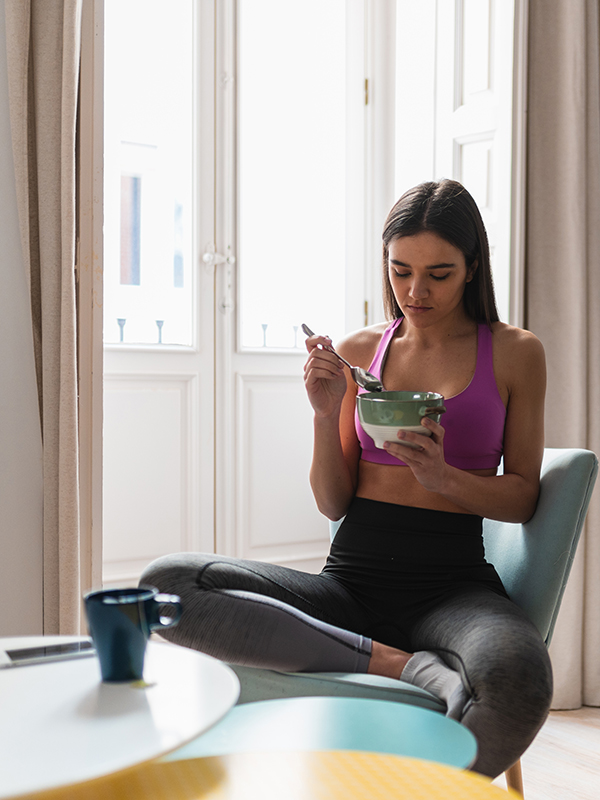
Just because you're at home doesn't mean you should throw out all of your rituals and routines out the window. "Actually get dressed and complete your routine like you're going to the gym," Roup says. "Put on your favorite workout outfit and have your pre-workout snack, this will make you feel confident and ready to work out!" She also recommends listening to some music you love to get yourself pumped up before you get moving.
And for your post-sweat session, McEwen says a shower will help you feel refreshed and ready to take on the rest of the day. "I recommend first cleaning up your space and setting up the equipment for the next day," she suggests. "Then drink lots of water, eat a meal or snack with clean protein and carbohydrates, and refresh with a shower!"
Do: Stick to a Program
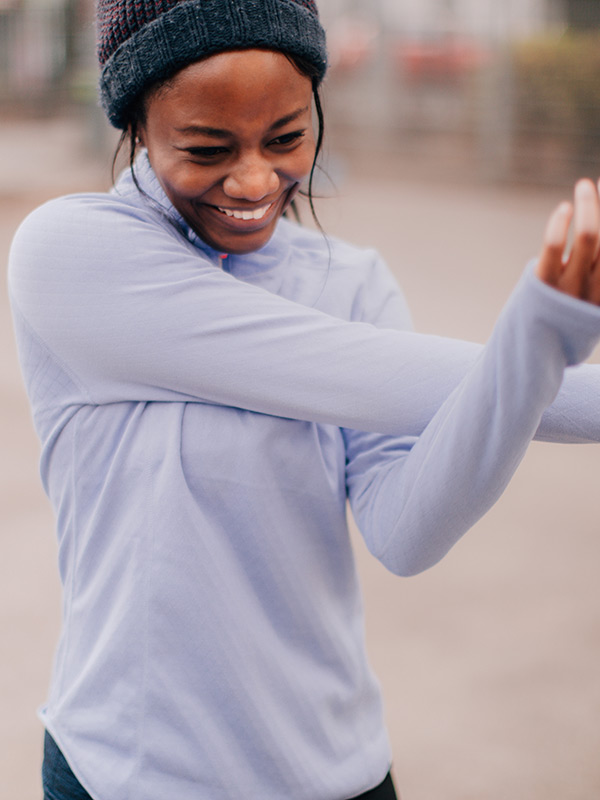
Choosing a program can help you stay motivated and gives you a course to follow so you're not winging it. "Find an app, workout or community that you love," Roup recommends. "This will make working out actually fun and you can make virtual connections with fellow users who are also working out to the same program! On the TSS app, the #TSSfam community is strong. Thousands of women tune in all of the world and tag us in their sweaty selfies each day. Our private Facebook allows the community to chat about what workouts they are doing on the TSS app and what they're loving."
Don't: Go Barefoot
"Sometimes people don't wear sneakers when they're working out at home," Mullett says. "Even though you're inside, we recommend wearing shoes to properly support your knees and feet throughout your workout."
Do: Think About Your Surface
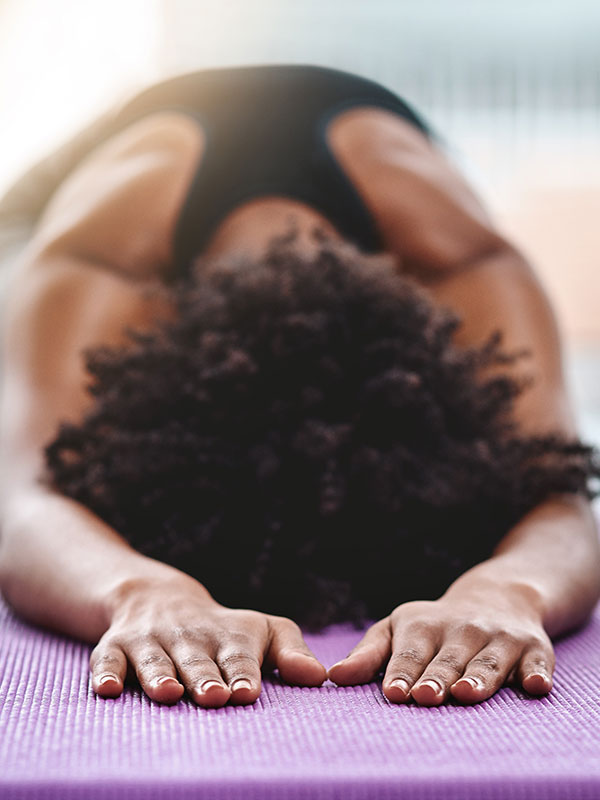
This will keep you from injuring yourself. "You should also be aware of the surface you are working out on—a fluffy carpet will be less stable than a hardwood floor," McEwen adds.
Don't: Check Your Texts
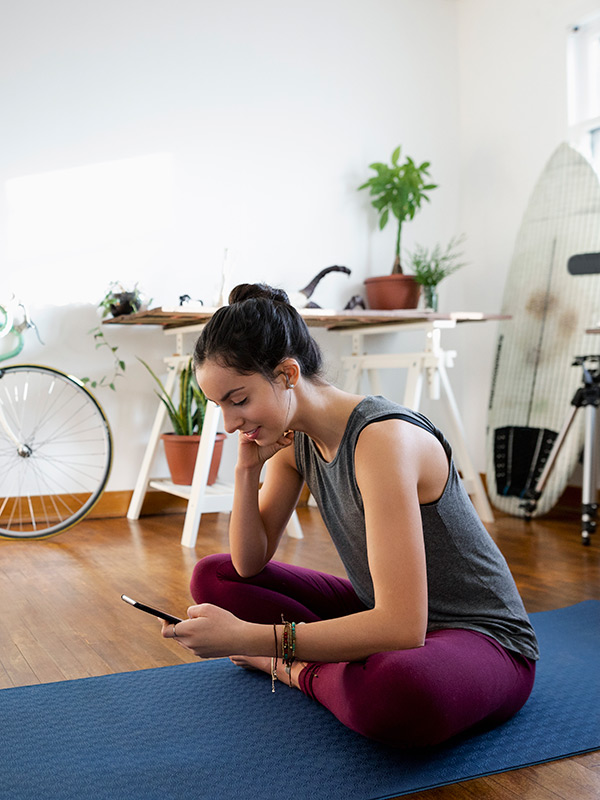
"Since you're working out from home, it can be easier to get distracted than if you were in a class or gym," Roup says. "If you are streaming an app on your phone, I would recommend putting your phone on Do Not Disturb so that your attention and workout aren't broken by notifications."
Do: Put on Something You're Excited to Wear
"Wear a workout outfit you feel confident in!" McEwen recommends. "I personally always have a better workout when I love my outfit... and even if no one sees it, remember you are doing this for yourself!"
Don't: Focus on Just One Area
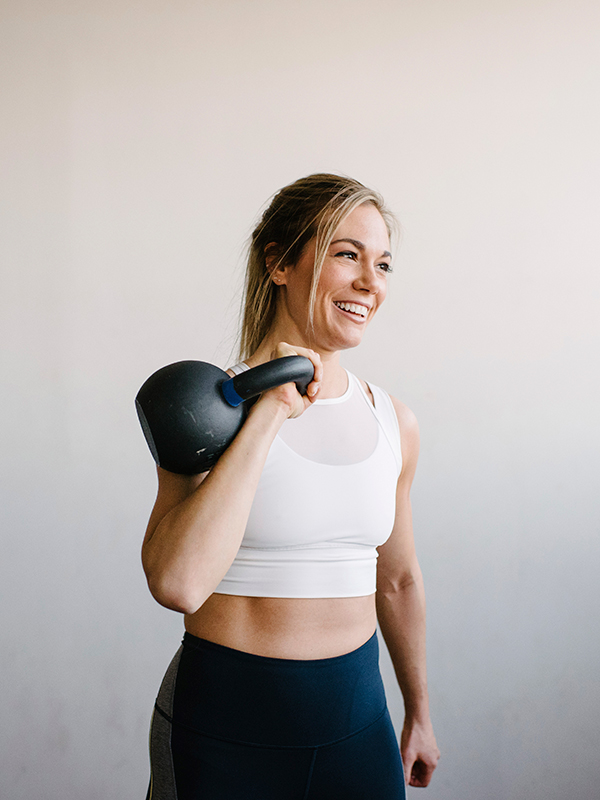
You want to make sure you're not neglecting some body parts. "A lot of at-home workouts consist of push-ups or weight-bearing exercise in your upper extremity—do not forget to train the lower half of your body," Trakas says. "Search for at-home workouts that are credible and holistic."
With some streaming platforms, there's a lot of variety and opportunities to experiment. "The beauty of working out at home, and using an app that offers so much differentiated content is that you can easily try new things," Mills adds. "If you don't like the class, you can just turn it off, or switch to something new!"
Do: Keep in Mind Your Spine Alignment
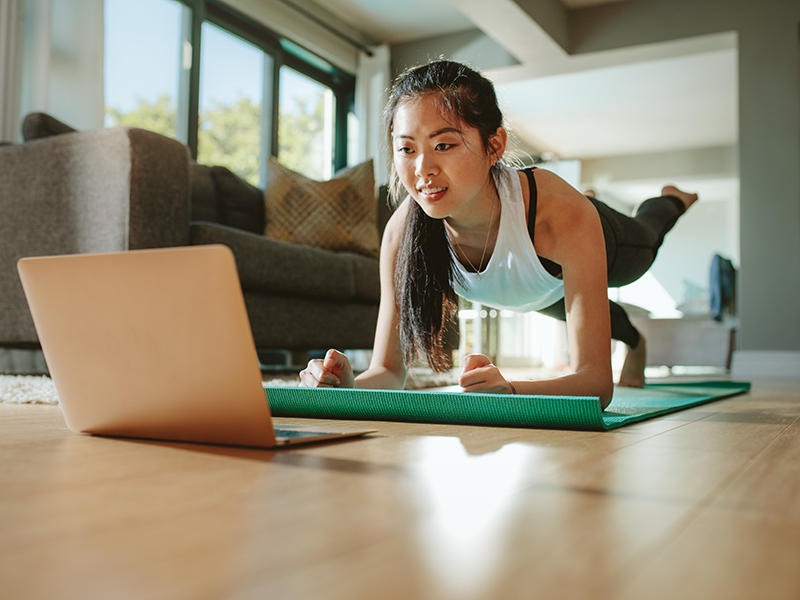
Unlike the gym or a fitness studio, your space might not have as many mirrors for you to check out your form. "If you are streaming a workout on your phone/computer, keep in mind the alignment of your spine," McEwen says. "Set up your device around eye level when standing, and if you go down on a mat take the device with you to the floor."
Don't: Ignore Your Core
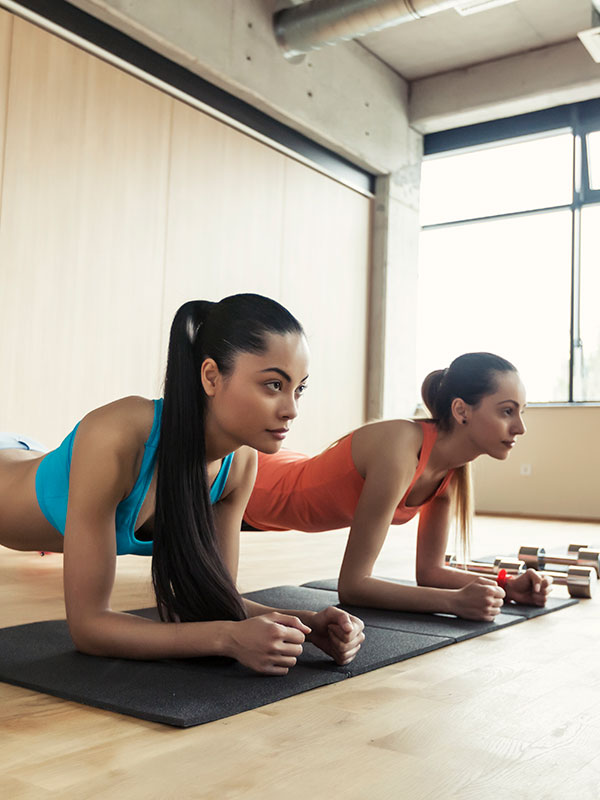
Your core is important. "You can do abs EVERY DAY!" Trakas says. "When we work out at home we tend to overtrain the same muscles. We've never had more time to work on our core—building strength starts and ends with your core."
Do: Get a Partner to Hold You Accountable

The buddy system works—and will stop you from making up excuses. "Find an in-person or virtual accountability partner," Trakas says. "Find someone you can count on and make your workout dates for the week. Pick where you're tuning in live or share your favorite influencers' at-home workouts for the week and do it together!
Don't: Be So Hard on Yourself
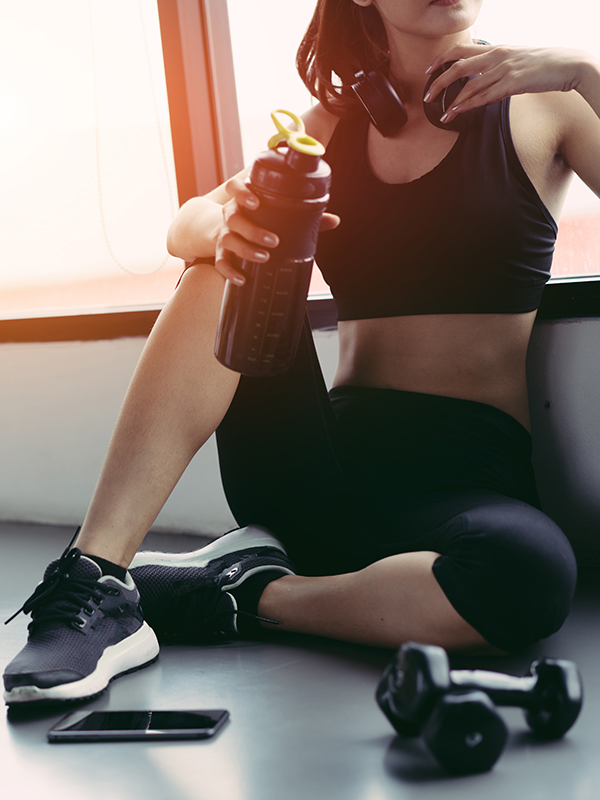
This goes hand-in-hand with setting realistic goals. McEwen says one mistake people make is not giving themselves enough time to learn. "Remember that results don't happen overnight, and form is so important in gaining results," she adds. "Be patient, utilize your resources, and stay consistent."
Do: Listen to Cues
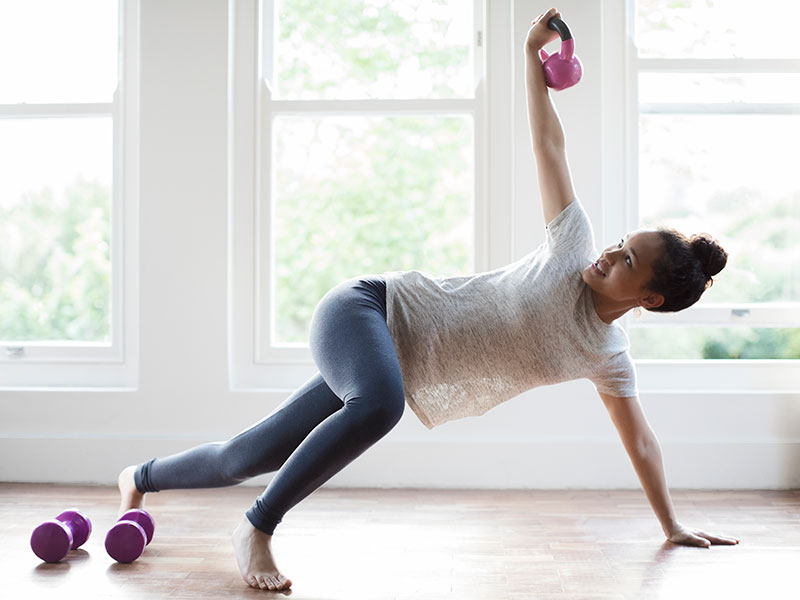
When you're streaming a fitness class, you don't have the instructor in person to help you correct your form, so McEwen says it's even more important to pay close attention to cues.
Don't: Be Discouraged If You Don't Have the Right Gear
It's time to get creative with modifications. "You can still get a great workout in using whatever you have available," De La Rue says. "I'm always encouraging my clients to modify using cans of beans or water bottles as weights, socks on a wooden floor for a glider—anything that will help them kick their heart rate up."
Do: Remember to Stretch and Recover
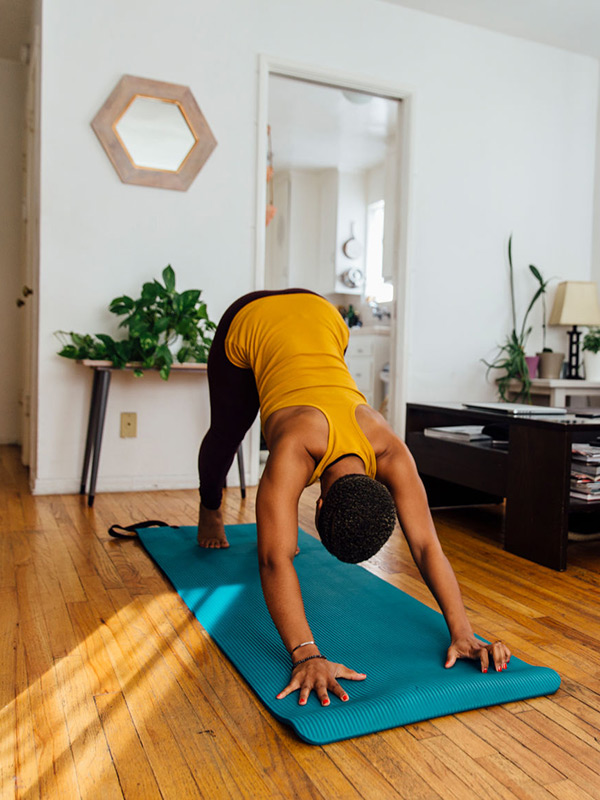
The cool-down and stretch is just as important. "Particularly in stressful times it's important to show your body some love and give it the rest it needs," De La Rue says. "Stretching is not only great for injury prevention, but also helps relieve any tension."
And you don't feel like you have to get up right away—you're at home so you're probably not in a rush, so take your time. "Allow yourself to lay on your mat or floor or wherever you are and acknowledge your body and yourself for what you just accomplished!" Trakas says. "Breathe. Let whatever comes up, come up."
Next up: The Best Workouts for Women in Their 20s, 30s, 40s, and 50s
This article is provided for informational purposes only and is not intended to be used in the place of advice of your physician or other medical professionals. You should always consult with your doctor or healthcare provider first with any health-related questions.
Sarah is lifestyle writer and editor with over 10 years of experience covering health and wellness, interior design, food, beauty, and tech. Born and raised in Los Angeles, she attended New York University and lived in New York for 12 years before returning to L.A. in 2019. In addition to her work atBest Knockoff Luxury Clothing , she held editor roles at Apartment Therapy, Real Simple, House Beautiful, Elle Decor, and The Bump (sister site of The Knot). She has a passion for health and wellness, but she especially loves writing about mental health. Her self-care routine consists of five things: a good workout, “me” time on the regular, an intriguing book/podcast/playlist to unwind after a long day, naps, and decorating her home.
